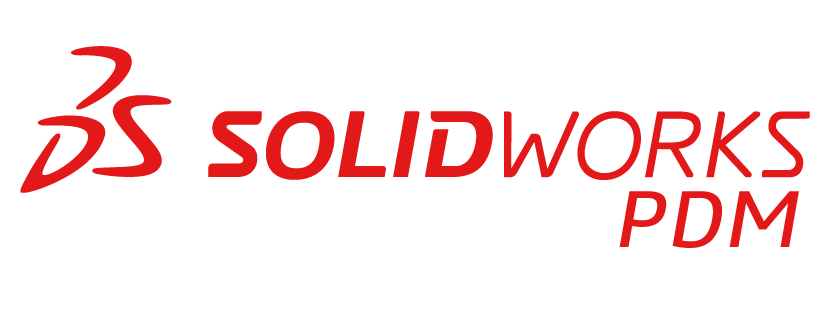Efficiently managing CAD data is essential to CAD engineering. Engineering teams rely on CAD tools such as PTC Creo and SolidWorks to design complex products. However, without a structured approach to CAD data management, projects can quickly spiral into version chaos. This can lead to costly mistakes and duplicated work. Let’s uncover the best practices in CAD management to help teams streamline operations, maintain data integrity, and improve collaboration across projects.


Implementing a Centralized Data Management System
The foundation of CAD data efficiency is a centralized system for storing and managing files. For larger engineering environments, a PDM (Product Data Management) or PLM (Product Lifecycle Management) system is critical. This is especially true for environments where multiple designers are working on the same assemblies. Solutions like PTC Windchill or SolidWorks PDM integrate directly with CAD tools like Creo, providing:
- Secure and organized storage of models, drawings, and related documents
- Access control and permissions management
- Automated check-in/check-out processes
- Audit trails for regulatory compliance


For smaller teams, where a full-scale PDM system may not be required, it’s still important to manage file storage carefully. Avoid relying on consumer-grade shared cloud drives like OneDrive for CAD files. For example, SolidWorks files are known to experience corruption issues in OneDrive due to sync conflicts. Instead, use local network storage with disciplined manual processes (or lightweight vaulting tools) until a PDM solution becomes necessary.

Standardizing CAD Procedures and Naming Conventions
Establishing consistent procedures and naming conventions is one of the simplest yet most effective ways to avoid confusion and wasted time. Standardization ensures that every engineer knows how files and revisions are named and where specific types of files should be stored. Additionally, standardization gives engineers a process with specific steps required to submit, review, and release files. For example, teams could adopt a naming structure that includes part numbers, project codes, and revision indicators. In environments like Creo, these conventions can be reinforced with templates and automated workflows, ensuring that even as teams grow, everyone is working to the same standards.
Leveraging Version Control for Improved CAD Data Management
One of the biggest risks in managing CAD data is working on outdated or incorrect file versions. Implementing version control mechanisms helps teams track changes across multiple contributors. Teams can revert to previous versions if errors occur due to the full history of file revisions they maintain. Engineers can also use this history for audits. PDM and PLM tools like Windchill or SolidWorks PDM include built-in version control. When properly configured, these systems prevent multiple engineers from overwriting each other’s work and ensure the right version is always accessible.

Providing Regular Training on CAD Tools
CAD tools evolve constantly, and engineering teams must keep their skills current to ensure CAD data efficiency. Regular training sessions and updates on the latest features allow teams to avoid common mistakes in file management. These sessions also help discover productivity tips that reduce manual work. Additionally, trainings allow teams to take advantage of new features such as automation in PTC Creo or other CAD systems. Consider periodic internal workshops, vendor-led training, or recorded tutorials that focus specifically on best practices in CAD management and new software capabilities.

Streamlining Operations with CAD Management Best Practices
When combined, these practices create a streamlined and highly efficient CAD environment:
- Centralized systems eliminate redundant data and ensure that everyone works from a single source of truth.
- Standardized processes reduce confusion, making collaboration across teams and departments smoother.
- Version control ensures accuracy and protects against costly rework.
- Ongoing training keeps teams ahead of the curve, leveraging the full potential of advanced CAD tools like PTC Creo.
The result is faster product development cycles, improved quality, and reduced project risk.
Achieving CAD Data Efficiency
Managing CAD data is all about combining the right tools with disciplined practices. Whether your team is small or spans global engineering sites, the best practices above form the backbone of an efficient CAD workflow. By investing in structured CAD data management and leveraging powerful tools like PTC Creo with PLM/PDM integration, engineering teams can focus on innovation rather than file chaos. If you are ready to deliver accurate designs faster, contact our experts today.








